What is the role of water in the light-dependent reactions?
1 Answer
The elemental oxygen in water molecule combines with another oxygen from another water molecule to form oxygen molecule.
The hydrogen will get combined with NADP+ to form NADPH and ultimately gets transported to the dark cycle.
Explanation:
They are the supply of oxygen. This occurs in the chloroplast where there is a pigment called chlorophyll (inside photosystem II) (what is inside photosystem I?) This chlorophyll pigment have Mg ion that undergoes changes in redox states (after interaction with photon). In the process, hydrogen ions gets abstracted from the water molecule ultimately causing water molecule to be oxidized to O2.
read more: https://www.quora.com/How-does-photosystem-II-capture-sunlight/answer/Stuart-Rawson
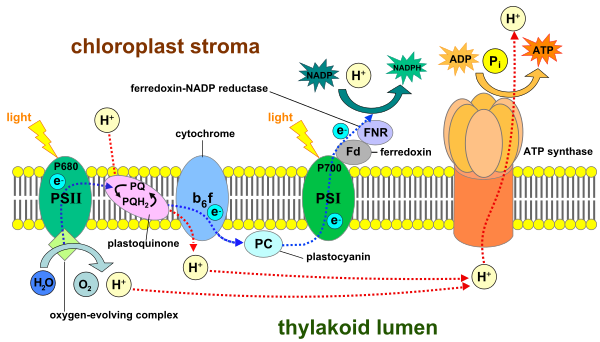
Meanwhile, the hydrogen gets pumped out of the thylakoid and reacts with NADP+ to form NADPH (reduction process). This NADPH is shuttled to calvin cycle (dark cycle located at ??..
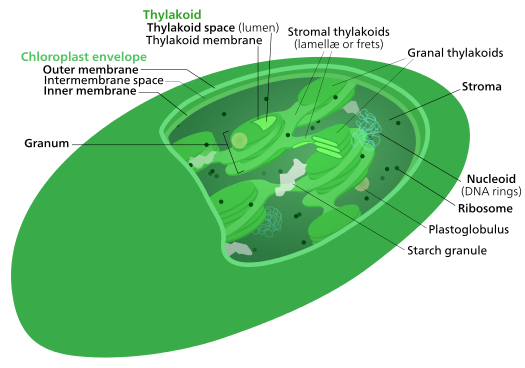
In the stroma region is also where where Rubisco enzyme are located. The subsequent enzyme that uses NADPH itself... glyceraldehyde 3-phosphate dehydrogenase enzyme are located outside of the chloroplast. The rubisco part is the dark cycle because rubisco do not require photons of light to function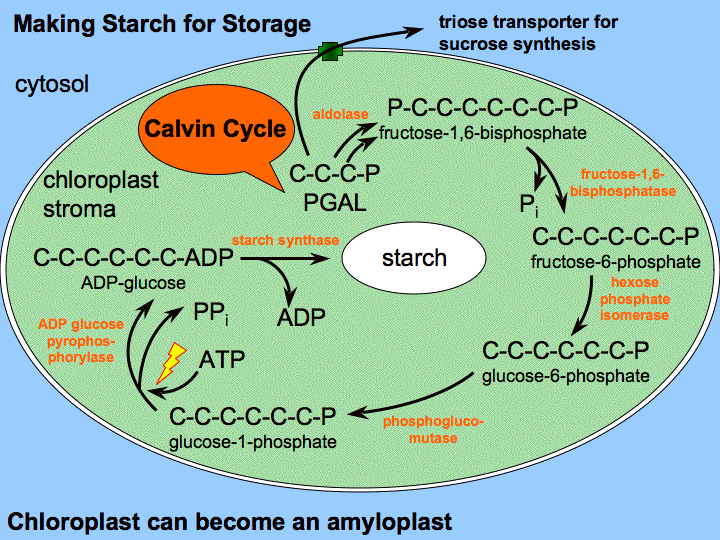
Fig Source: http://plantphys.info/plant_physiology/calvincycle.shtml
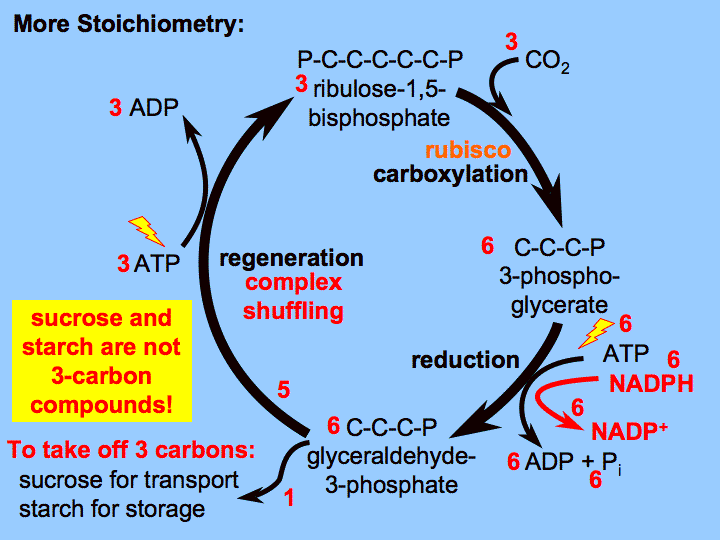
Fig Source: http://plantphys.info/plant_physiology/calvincycle.shtml
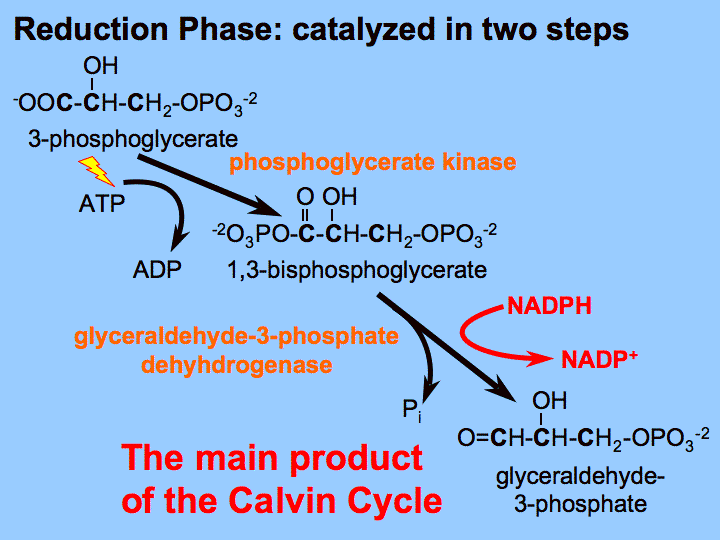
Fig Source: http://plantphys.info/plant_physiology/calvincycle.shtml
https://en.wikipedia.org/wiki/Light-independent_reactions#Calvin_Cycle

